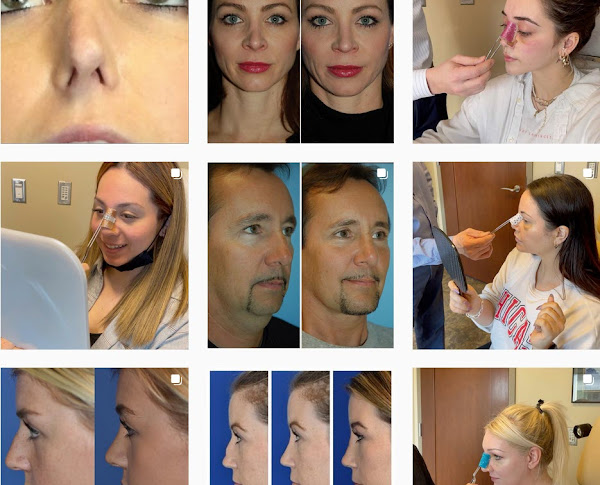Dr William Portuese is a board certified facial plastic surgeon in Seattle Washington. He specializes in facelift surgery, rhinoplasy and eyelid surgery. The Seattle Facial Plastic Surgery Center, where he has served patients from Seattle, Bellevue, Tacoma, King County, Portland, Anchorage, Washington, Alaska, Wyoming, Idaho, Oregon and Canada. Located at 1101 MADISON ST #1280 SEATTLE, WASHINGTON 98104 | (206) 624-6200. Call Dr William Portuese for a facial plastic surgery consultation today.
Thursday, December 29, 2022
Find the Right Facial Plastic Surgeon
There are a few steps you can take to locate a top plastic surgeon:
Get recommendations from your primary care doctor or a trusted medical professional. They may have suggestions for highly qualified plastic surgeons in your area.
Look for a plastic surgeon who is certified by the American Board of Plastic Surgery (ABPS). This certification indicates that the surgeon has undergone specialized training in plastic surgery and has passed rigorous exams.
Research the surgeon's experience and track record. Look for a surgeon who has a lot of experience in the specific procedure you are interested in and has a good track record with positive patient reviews.
Consult with several plastic surgeons. It's important to meet with a few different surgeons to get a sense of their approach and style, and to ask questions about the procedure, recovery, and potential risks and complications.
Consider the surgeon's location and availability. Make sure the surgeon has privileges at a hospital or surgery center that is convenient for you, and that they have availability for your procedure at a time that works for you.
It's also a good idea to ask the surgeon about their fees and payment policies upfront, to ensure that you are comfortable with the costs and can make an informed decision.
Rhinoplasty, or nose surgery, can be performed using either an open or closed technique. The main difference between the two approaches is the location of the incisions.
In a closed rhinoplasty, all incisions are made inside the nostrils, so there are no visible scars. The surgeon accesses the internal structures of the nose through these incisions and reshapes the cartilage and bone as needed.
In an open rhinoplasty, an incision is made across the columella, the strip of skin that separates the nostrils. This allows the surgeon to lift the skin and have better visibility of the internal structures of the nose. The open technique can be more versatile and allow for more precise reshaping of the nose, but it does result in a small scar on the columella.
Both techniques can be used to address a wide range of concerns, such as correcting a crooked nose, improving the appearance of a bump on the bridge, or narrowing the nostrils. The appropriate technique will depend on the specific goals and needs of the patient, as well as the surgeon's preference and experience.
It's important to discuss the pros and cons of each technique with a plastic surgeon and choose the approach that is best for you.


Subscribe to:
Post Comments (Atom)
No comments:
Post a Comment